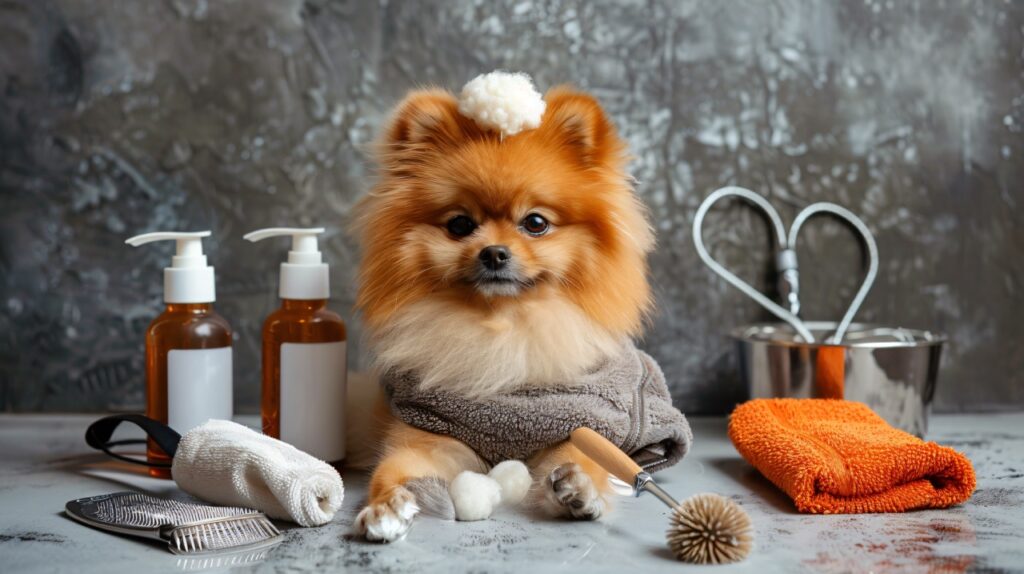We all want our furry companions to look and feel their best. But sometimes, even with the best intentions, pet owners can make grooming mistakes that can cause discomfort or even health problems for their pets.
Here are some common grooming faux pas and how to keep your pet happy and healthy during grooming time:

1. Skipping on Brushing: Brushing is more than just keeping fur tangle-free. It removes dirt, stimulates natural oils, and helps prevent matting, which can be painful for your pet. The frequency of brushing depends on your pet’s breed and coat type. Long-haired dogs may need daily brushing, while short-haired breeds might be fine with a weekly session.
2. Bath Time Blunders: While a good bath can be refreshing, overdoing it can strip your pet’s coat of its natural oils, leading to dryness and irritation. The ideal bath frequency depends on your pet’s lifestyle and coat. Consult your veterinarian for specific recommendations, but generally, most dogs don’t need baths more than once a month. Cats, on the other hand, are self-sufficient groomers and usually only need a bath if they get themselves into something messy.
3. Brushing Before and After the Bath: Brushing before a bath helps loosen dirt and debris, making the shampoo more effective. Brushing after a bath helps distribute natural oils and prevents matting.
4. Nail Nightmare: Long nails can be uncomfortable for your pet and can snag on carpets or furniture. Regularly trimming your pet’s nails is crucial. If you’re not comfortable doing it yourself, enlist the help of a groomer or veterinarian.
5. The Wrong Tools for the Job: Using the wrong grooming tools can be ineffective and uncomfortable for your pet. Invest in high-quality brushes, combs, and clippers specific to your pet’s coat type.
6. Ear and Dental Neglect: Grooming goes beyond just the fur. Regularly check your pet’s ears for redness, discharge, or odor. Use a vet-recommended ear cleaner for any buildup. Dental hygiene is equally important. Brush your pet’s teeth daily with pet-specific toothpaste or provide dental chews to prevent dental disease.
7. Making it a Wrestlemania: Grooming should be a positive experience for your pet. Create a calm environment, use gentle strokes, and reward good behavior with praise or treats. If your pet becomes anxious or stressed, take breaks and make grooming sessions shorter and more frequent.
8. DIY Disaster: Some grooming tasks, like anal gland expression or complex haircuts, are best left to the professionals. Attempting these yourself can cause pain or discomfort to your pet.
Remember: When in doubt, consult your veterinarian or a professional groomer. They can advise you on the best grooming practices for your specific pet and help you identify any potential health concerns. By avoiding these common mistakes, you can ensure your pet’s grooming routine is a positive experience that keeps them looking and feeling their best!


